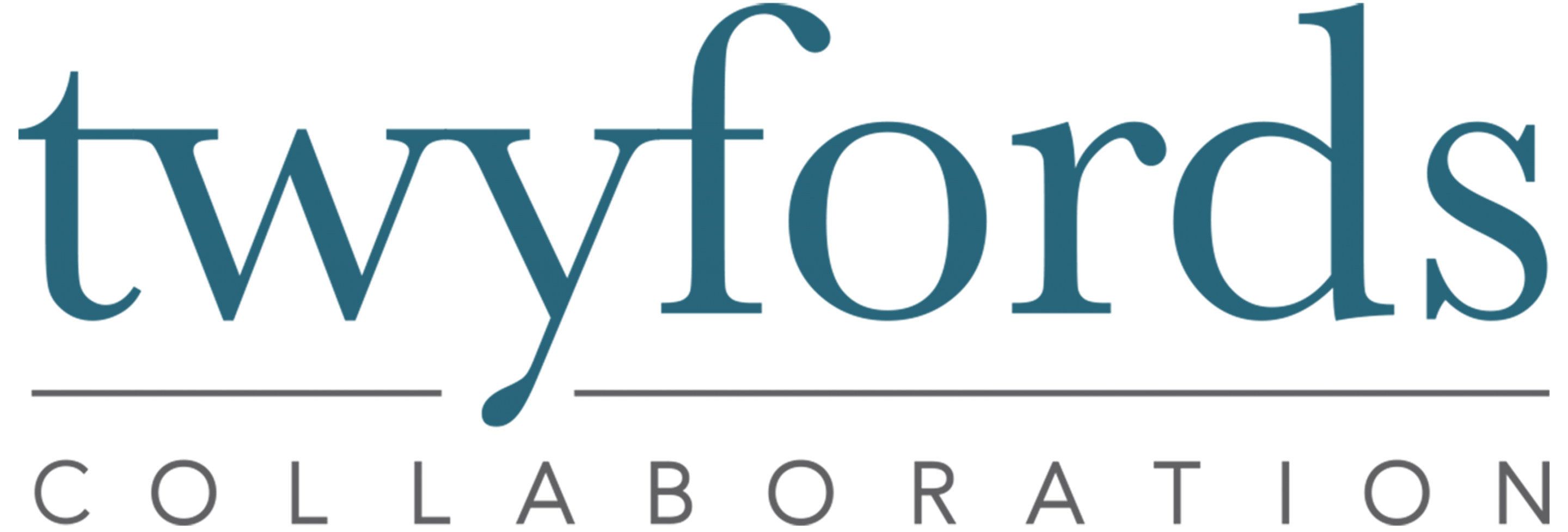Revealing the hidden dilemmas when collaborating
I was working with a client a few years ago, and he was a bit stumped.
He was leading a team working on improving performance in the health system, and was facilitating a collaborative initiative between nurses and a number of health districts (hospitals) on the vexed question of staffing and resourcing. A big emerging issue was nurse ratios ie number of nurses to patients, and the task was to work out an acceptable level that the nurses union would support, the hospitals could afford, and was politically acceptable to the Minister.
As part of the work, his team had been trying to gather data from the health districts about the current situation, but they were struggling as the hospitals seemed unable to provide the data. He speculated on a number of technical reasons why they couldn’t get the job done, and was at his wits end as to how to proceed- “I’m out of tools in my toolkit” he said.
When he was prompted to asked some different questions ie why is it so hard to get the data?, he was able to tease out a new perspective (for him!)
He discovered that all the data was readily available, but wasn’t shared because of the lack of trust between the hospitals and his team, and the nurses union, and the Ministers staff.
The hospitals felt they would probably be disadvantaged with any solution, as had happened to them previously. They certainly didn’t feel safe to admit to that lack of trust, so the reasoning focused on the content- we don’t record that information, we can’t access those records, etc
My client’s work then shifted to building a new relationship with the hospital hierarchy to build sufficient confidence to share information that could help them tackle key issues together.
On reflection, my client recognised that they had been focused on the content aspects of the problem (ie the data), and learned new skills and thinking that enabled him to identify the less obvious contextual issues that were also critical to finding shared solutions.
